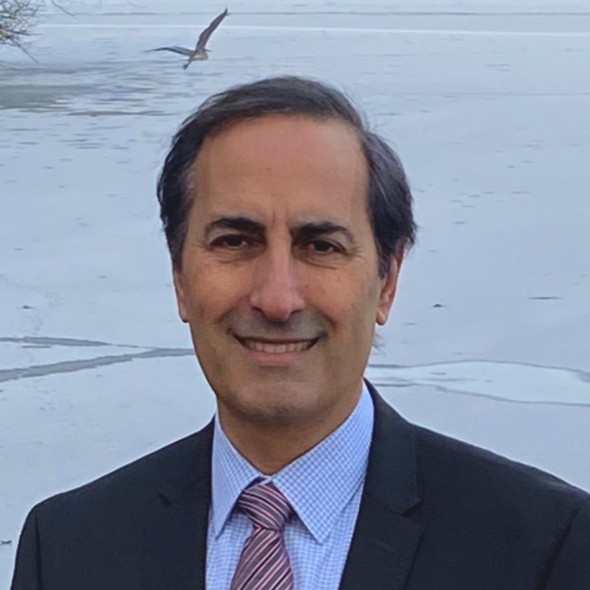- Video Library
- Hikmat Hojeibane Presents Open Stent Solution at LSI Europe '23
Hikmat Hojeibane Presents Open Stent Solution at LSI Europe '23

Hikmat Hojeibane
Expert medical device R&D Leader with experience in early stage device development, clinical applications, regulatory submissions (US and EU) and clinical trials. Solved significantly challenging technical problems to bring disruptive and innovative devices from ideas to commercialization. Managed teams supporting product development and timely product launches of complex transcatheter delivery systems and implants for drug delivery in the fields of Interventional Cardiology, valvular diseases and electrophysiology.
Hikmat Hojeibane
Expert medical device R&D Leader with experience in early stage device development, clinical applications, regulatory submissions (US and EU) and clinical trials. Solved significantly challenging technical problems to bring disruptive and innovative devices from ideas to commercialization. Managed teams supporting product development and timely product launches of complex transcatheter delivery systems and implants for drug delivery in the fields of Interventional Cardiology, valvular diseases and electrophysiology.

17011 Beach Blvd, Suite 500 Huntington Beach, CA 92647
714-847-3540© 2025 Life Science Intelligence, Inc., All Rights Reserved. | Privacy Policy







